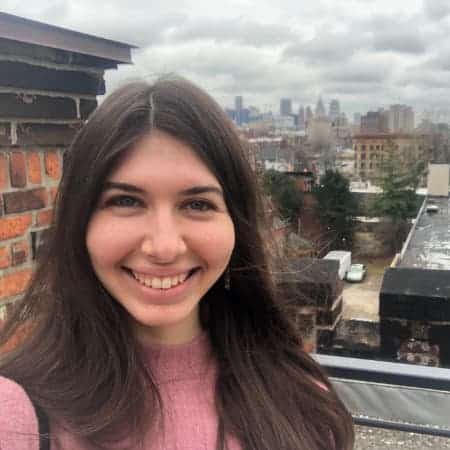How To Grind Coffee Beans Like A Barista
Most coffee drinkers take their morning cup seriously.
It is serious business — and the consequences can be serious, too, if you try to use the medium grind dark roast you bought at the store in your new Moka pot. Or try to make cold brew with it.
Making good coffee isn’t just about knowing how to use your Chemex. It’s also about learning how to grind coffee beans.
Want to know how to grind coffee beans like a barista? Here’s your how to guide, from yours truly, an ex barista and grand coffee inquisitor.
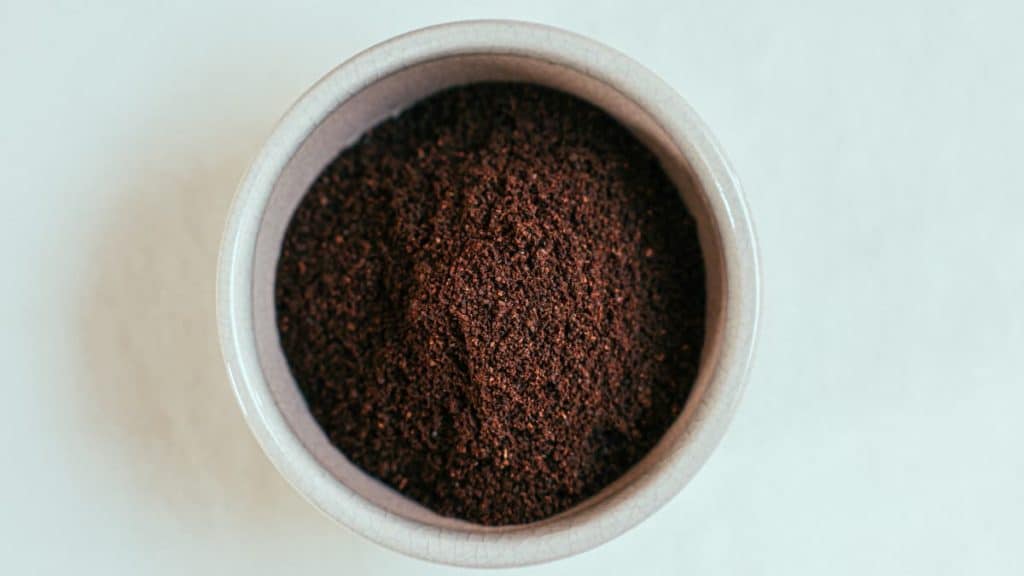
Why The Grind Is Important
It’s a bummer, but you really shouldn’t grind coffee beans ahead of time. Even the night before or earlier in the day is no good.
Coffee loses some of its flavor within 15-30 minutes after grinding. That’s why it’s crucial to grind coffee beans just before you start brewing if you can.
After timing, getting the right grind, or grind size, is essential to avoid watery or bitter brews.
If your grounds are too fine (too tiny), the water you use in brewing will have a hard time working its way through the particles. This slower process makes for bitterer flavors.
When grounds are too coarse (too large), the water goes between the particles too easily — it’s so fast that the water doesn’t have time to pick up much flavor from the coffee. You’re left with a weak, watery drink.
What’s the right grind? It depends on your brewing method. Once you have the right grind for your method, you can fine-tune the size just a little to fit your preferences.
Grind just a little coarser if you love acidic flavors, or just a little finer if you prefer dark and bitter notes.
Coffee Grinds By Size
Here are the general categories of coffee grind sizes.
- Whole bean — Whole bean coffee is just what it sounds like: unground coffee beans. Leaving coffee whole is the best way to store your coffee if you have the choice, keeping it fresher longer.
- Coarse grind — This is the roughest, largest particle size for coffee grounds. It’s best for making drinks like cold brew (when it’s really coarse/large/uneven) or French press coffee (a little less coarse).
- Drip grind — In the middle of the grind size spectrum, this is best for percolator/drip coffees. Chemex falls to the medium coarse size; regular drip is a medium grind; pour overs and siphons will lean to the medium fine side of the spectrum.
- Espresso grind — Pretty far on the fine grind end, an espresso grind has very small, very even particle sizes. Espresso machines, Moka pots, and Aeropress fall somewhere around here. Moka pots tend to be a little finer, and Aeropress* a little less fine.
- Turkish grind — This is about the most fine grind there is. A Turkish grind has particles so small, so even, that it stays in the bottom of a cup of Turkish coffee like a sludge (it’s better than it sounds).
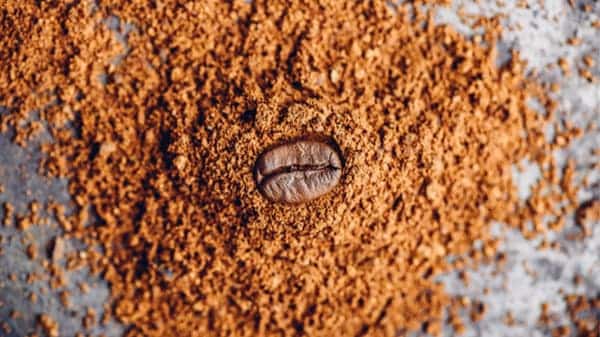
How To Grind Coffee Beans
The easiest way to grind beans is with a coffee grinder. Using a grinder will ensure your ground coffee comes out consistent or evenly sized, which produces better results in your cup of coffee.
There are three main types of coffee grinders:
Blade Grinder
A blade grinder uses a whirring blade or blades to cut whole bean coffee down to size. It works a lot like a food processor.
Blade grinders tend to be cheaper, easy to use, and powerful. But they also tend to overheat (affecting coffee’s flavor) and make your grinds less consistent, leaving you with extra fines in your medium grinds or coarse particles in your fine grounds.
Still, blade grinders are a decent option for beginners. They’re best for coffees that use coarse to medium grinds, like drip or any method that doesn’t need very fine, even grounds.
You can also minimize the unevenness of grounds by sifting the finer particles out and regrinding the coarser pieces.
Electronic Burr Grinder
Burr grinders have two sharp spinning plates which cut and crush whole beans between them.
There are two types of burr grinders: conical and flat.
A conical burr grinder has a central cone-shaped burr and a serrated outer burr. They’re popular and create fairly consistent grinds without overheating or using a lot of energy.
A flat burr grinder uses two sharp, flat burrs to grind beans. They create the most consistent grounds — which is ideal for taste — but they also tend to be louder and require more energy. And you tend to pay for the better results.
Overall, burr coffee grinders are 100 times better than blade grinders for producing more consistent results. But a flat burr grinder is the best choice for espresso if you can swing it.
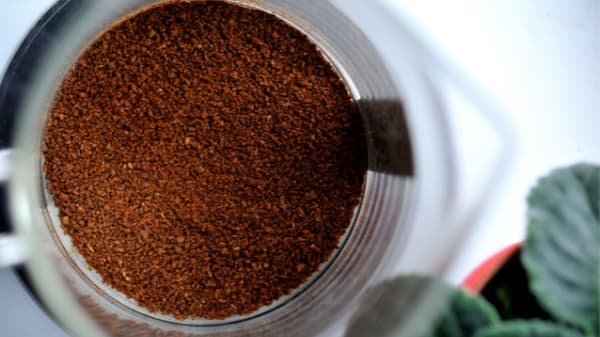
Material
FYI, the material burrs are made of can affect grinding performance and the flavor of coffee, too.
Hand Burr Grinder
Most manual/hand grinders have conical burrs, but there are a few flat hand grinder options.
Manual coffee grinders can offer high-quality, consistent results and are often portable. But they take extra work, too.
They’re best for people who want to be involved in their coffee process and who won’t need a lot of grounds at once. Think Aeropress or small pour overs rather than cold brew.
How To Grind Coffee Beans By Grinder Type
Grinding coffee beans is simple.
For hand grinders:
- Pour the beans into the hopper.
- Adjust the grind to match your brewing method (see below). This usually means adjusting a dial to set the burrs closer together (fine grind) or further (coarse).
- Turn the handle until all of the coffee is ground.
For electric burr grinders, the process is the same, though you can simply press or hold a button instead of manually grinding.
For electric blade grinders, the grind becomes finer the longer the machine runs. E.g. you’ll have to learn how long it takes to get a medium grind for your drip machine.
You’ll also want to stop and check the grounds once or twice so you don’t grind past the size of ground coffee you need.
Grinding Coffee Without A Grinder
If you don’t have a coffee grinder, you’re better off buying pre-ground coffee.
It can take 30 seconds to a couple of minutes to grind beans using a grinder. It might take several minutes and a lot of work to grind coffee beans without a grinder.
But if you’re in a pinch — or love a kitchen adventure — there are a few ways to grind your coffee beans without one.
- Use a blender/food processor — You can get ground coffee using the ‘pulse’ setting. Be sure to stop and check the size of the grind periodically.
- Mortar and pestle — You can always grind beans by hand, crushing them with a pestle until you get the fineness you need.
- Rolling pin — This is probably too difficult, but if you can keep the beans from skittering around, you can technically get ground coffee with a rolling pin.
If you’re REALLY desperate, here’s a guide on how to grind coffee beans without a grinder. But that’s a lot of elbow grease.
Grind For Brewing Methods
Immersion
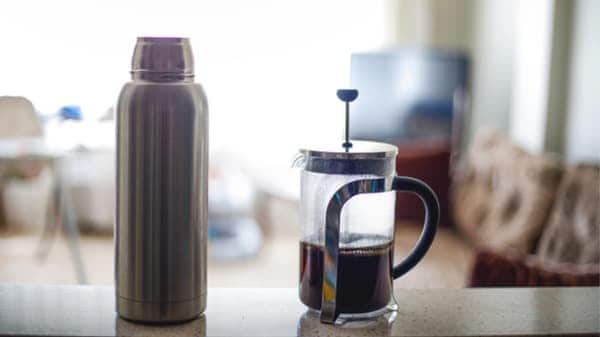
Immersion coffees brew by contact, time, and temperature rather than by pressure. You’re probably most familiar with French press immersion coffee.
French press uses a coarse grind with fairly even-sized particles.
Because the grounds sit in hot water for 2-4 minutes, a coarser grind slows the extraction process, keeping coffee from over-extracting and becoming too bitter.
However, you can experiment with medium coarse to medium fine grinds — and shorter brew times to match — to play with the flavor.
Just don’t use a truly fine grind. The filter in a French press can’t catch fine particles; you’d be left with a sludge in your cup if you tried.
Auto Drip
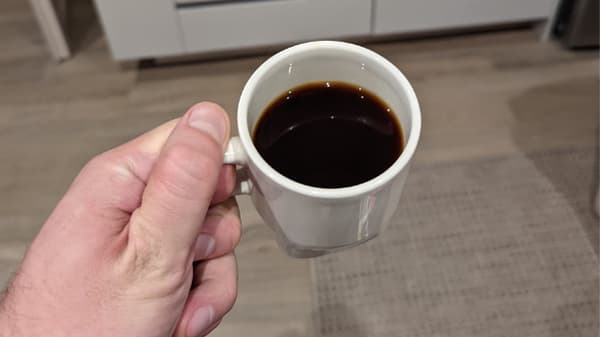
Drip or percolated coffee is a brewing method where water drips through the coffee grounds, collecting into your cup waiting below. (There’s a filter between, of course.) Most make drip with an automatic drip machine.
Generally, an auto drip brewer needs a medium grind. Although some prefer to use a medium coarse grind if they use metal filters instead of paper.
Pour Over
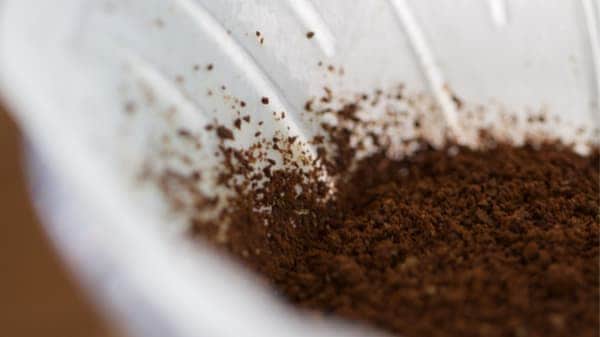
A pour over is basically a drip coffee that’s made manually. Simply pour boiling water over your grounds — usually at a medium coarse grind — stir, and wait for the water to make its way through the coffee grinds (and filter) into the cup below.
Each pour over setup is different. Yours may take medium grinds. And of course, you can always adjust the grind to taste.
Espresso and Aeropress
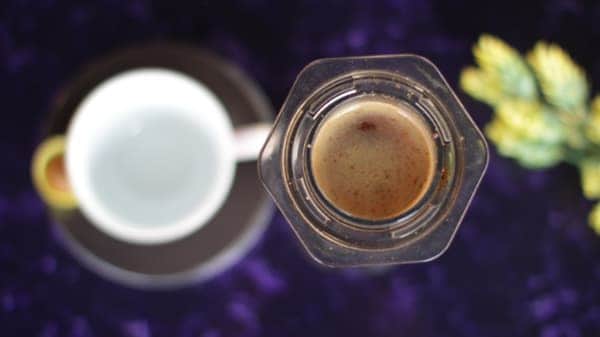
It’s a fine grind only for espresso!
Espresso relies on high pressure and temperature to extract flavor and caffeine. Finer grinds create narrow spaces for hot water to push through, slowing it down and forcing the water to pick up enough in the 15-30 second brew.
Espresso machines and Moka pots need a fine grind. An Aeropress can use a medium fine grind.
Cold Brew
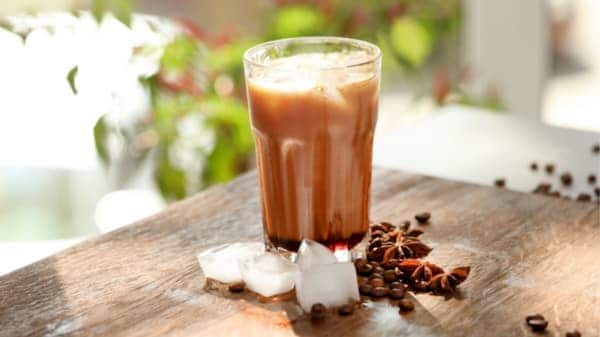
Cold brew is a unique immersion coffee that uses cold (or room temperature) water and a LOT of time: 12-48 hours.
Cold brew uses very coarse grinds. This keeps coffee from over-extracting and getting too bitter, since the coffee brews for so long.
You probably don’t want to experiment with the grind here. Finer or medium grinds will not produce better results. Instead, play with the immersion time or type of coffee beans you use to bring out new flavors.
Turkish Coffee
Making Turkish coffee requires the finest grinds possible.
Super fine ground coffee and water (and often granulated sugar) are brought to a frothy boil, usually in a special pot called a cezve.
The grounds are not filtered out! So you definitely need a very fine, consistent grind. Turkish coffee should be a little thick with the ground coffee left in, but it will still be enjoyable if the coffee was ground well.
Wrapping Up
Knowing how to grind coffee beans is basically a rite of passage.
If you want to learn how to make coffee at home, you’ll have to learn what grind is best for your brew, and ideally how to grind coffee beans yourself.
Luckily, grinding beans is simple. All you need is a reliable grinder and a little time. And a good coffee bean source!

